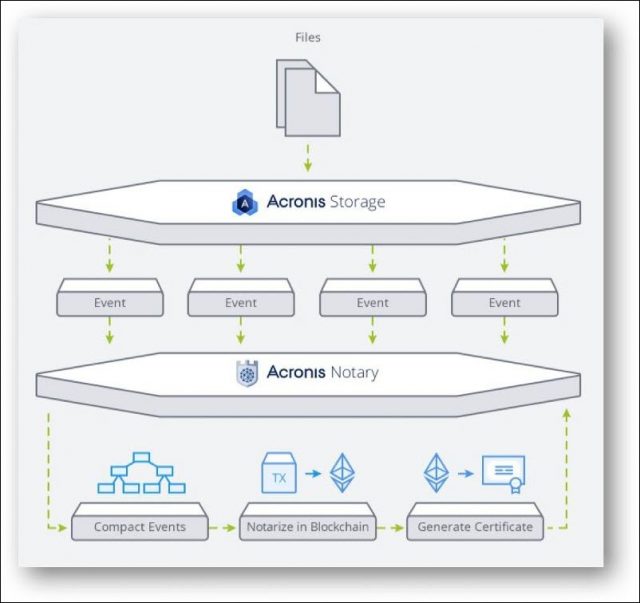


A growing number of healthcare applications are using IoT devices and other wearable smart devices to gather personal medical data and other information of the patients, but inherited security issues related to IoT devices make these applications vulnerable to potential attacks. Parallel research and development in wearable devices, telemedicine, and e-healthcare have brought IoT devices and application security in these domains to the thrust areas of research. This growth is largely attributable to the ubiquitous nature of technology. The Internet of Things (IoT) has achieved revolutionary growth during the last decade, with tremendous research happening in its application domains. Through appropriate preservation and management mechanisms, it has extremely important practical significance for the protection of museum collections, the inheritance of historical and cultural heritage, and the expansion of social education. It is the museum’s preservation and innovation approach for the unpredictable future. The proposed scheme achieves publicly verifiable, transparency, unforgeability, traceability, non-repudiation, standardization of stored data, timeliness, etc., goals. In this research, the Elliptic Curve Digital Signature Algorithm (ECDSA), blockchain, and smart contracts are used to design a sustainable and traceable cultural relic exhibition mechanism. Therefore, with the advancement of digital technology, this research is based on the mechanism of blockchain, through the authorization of cryptographic proxy re-encryption, and proposes a new method for the preservation and authorization of digital content in museums, which can effectively display, store, and promote “important cultural relics and digital archives”. In response to natural or man-made disasters, people are often caught off guard, destroying material, intangible assets, and spiritual symbolism. Traditional museums attach importance to the collection, display, research, and education functions of “objects”. The digital rights management of museums is a mechanism that protects digital content from being abused by controlling and managing its usage rights. In DFS, no node is given the privilege, and storage of all the data is dependent on content-addressing. The data files are moved from Amazon S3 buckets to the interplanetary file system (IPFS). This study addresses the difficulty of transferring data and related permission policies from the cloud to the DFS. Our aims include moving the data files from the cloud to the distributed file system and developing a cloud policy. This study addresses the difficulty of transferring data and related permission policies from the cloud to the distributed file systems (DFS). So, blockchain is ideal for building a distributed and decentralised trust infrastructure. Its unique operational principles and record traceability assure the transaction data’s integrity, undeniability, and security. “Blockchain is a novel, decentralised computing system.

Also, due to a lack of openness and traceability, trust rating findings are not universally acknowledged. The typical cloud trust model is centralized, resulting in high maintenance costs, network congestion, and even single-point failure. Cloud computing is experiencing a significant security and trust dilemma, requiring a trust-enabled transaction environment. Cloud computing has increased its service area and user experience above traditional platforms through virtualization and resource integration, resulting in substantial economic and societal advantages.


 0 kommentar(er)
0 kommentar(er)
